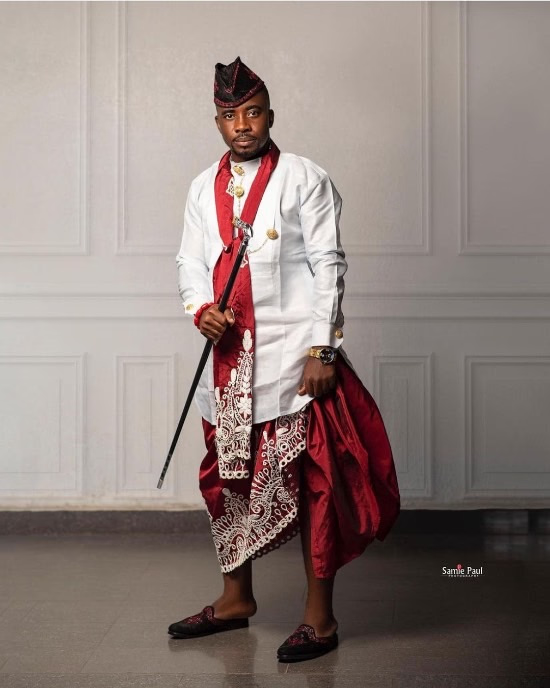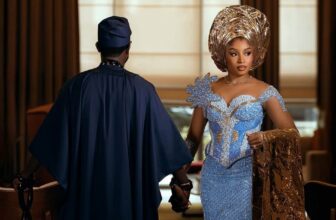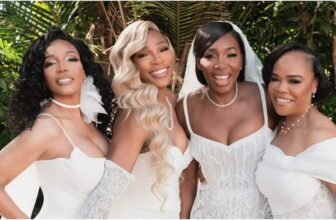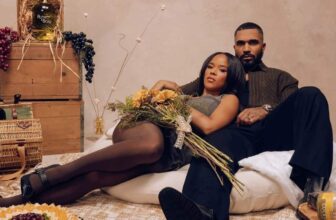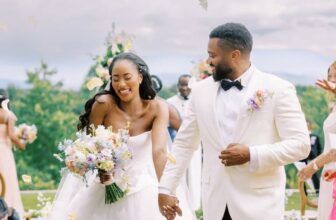Nigeria’s cultural diversity is one of its most defining characteristics, with each ethnic group bringing its unique customs and traditions to the country’s vibrant identity. Among the rich cultures in southern Nigeria are the Efik and Ibibio tribes, each known for their elaborate and culturally significant wedding ceremonies.
Despite their shared ancestry, geographical closeness, and some similarities, Efik and Ibibio traditional wedding attire reflects the distinct identities of each group. While the Efik brides are known for their luxurious “Onyonyo” dresses, Ibibio brides are known for their more subtle “Nkwa Iso” attire
Ahead, we will explore the stark differences between Efik and Ibibio traditional wedding attire, focusing on the cultural background, unique designs, accessories, and cultural significance.
Cultural background and influence on their wedding attire
To fully appreciate the differences between Efik and Ibibio traditional wedding attire, it is essential to understand the cultural heritage that influences these styles.
Efik Cultural Background and Influence on Wedding Attire
The Efik people reside primarily in Cross River State with a rich cultural history shaped by trade and external influences. Efik society has been significantly influenced by its interactions with Europeans, leading to a refined culture that emphasizes elegance and grace.
This influence is evident in their traditional wedding attire, which embodies opulence and royalty. The Efik people are known for their elaborate dances, such as the Ekombi dance, which exudes poise. Similarly, their wedding attire reflects a penchant for grandeur and regality, with attention to detail and luxurious embellishments.
The use of coral beads, silk, and velvet in Efik wedding attire highlights the culture’s appreciation for class.
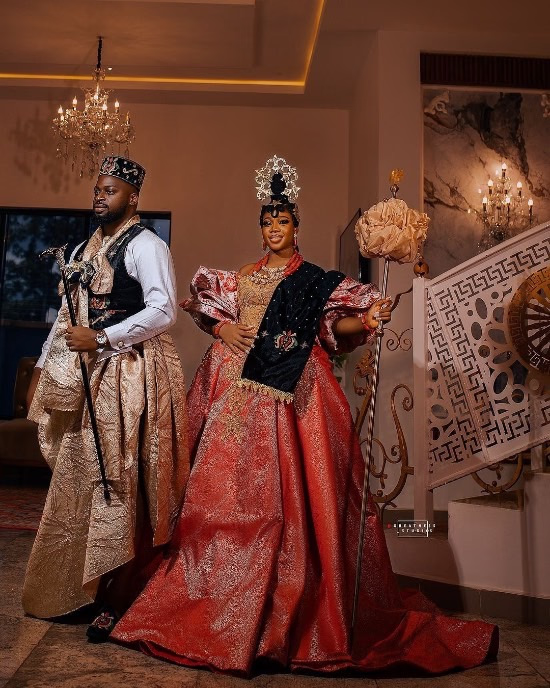 Photo: Instagram/ibomweddings
Photo: Instagram/ibomweddings Ibibio Cultural Influence on Wedding Attire
The Ibibio people, found mainly in Akwa Ibom State, are one of Nigeria’s oldest ethnic groups, with a heritage rooted in agrarian traditions and community values.
The Ibibio culture places a strong emphasis on family, unity, and respect for ancestors. These cultural values are reflected in their wedding ceremonies, which are lively celebrations that prioritize community involvement.
Ibibio traditional wedding attire tends to be more understated compared to that of the Efik, yet it remains vibrant and full of cultural symbolism. The emphasis is on practicality, comfort, and a deep connection to heritage, with a preference for fabrics and designs that honor ancestral traditions.
While the Ibibio people also use coral beads, they are typically used in a simpler and more meaningful way.
Efik Bride vs. Ibibio Bride’s Traditional Attire
Efik traditional wedding attire for brides is one of the most elaborate and visually stunning in Nigeria. The Efik bride typically wears an Onyonyo — a long, flowing ball gown-like dress made from luxurious fabrics such as satin, silk, or velvet.
The Onyonyo is often heavily embroidered with gold or silver threads, adding to its regal appearance. The voluminous nature of the dress gives the bride a queen-like presence, and every detail of the dress is crafted to symbolize regality.
A defining feature of Efik’s bridal attire is the use of coral beads. Efik brides wear layers of coral bead necklaces, bracelets, and anklets, signifying wealth, royalty, and cultural pride.
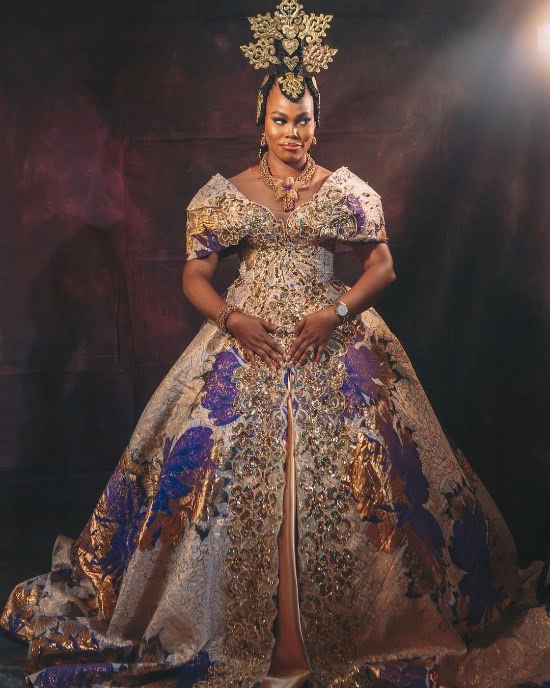 Photo: Instagram/ibomweddings
Photo: Instagram/ibomweddings These beads are often sourced from deep-sea coral and are considered a symbol of affluence. The “Ekpa ku Kpa” headpiece, also made of coral beads, crowns the bride’s look, adding a touch of grandeur and completing the regal ensemble.
Efik brides also carry an ornamental fan, intricately designed with feathers, beads, or gold accents. The fan serves as an elegant accessory and a symbol of sophistication.
Additionally, waist beads, known as “Mben Ekpe,” are worn underneath the dress, carrying cultural significance related to femininity and fertility.
Ibibio Traditional Bridal Attire
While the Ibibio bride’s attire is less extravagant than the Efik’s, it is equally beautiful and rich in cultural symbolism.
The Ibibio bride typically wears a “Nkwa Iso” — a wrap skirt made from George or velvet fabric, which is elegantly tied at the waist. The skirt is often paired with an intricately embroidered blouse, adorned with sequins, pearls, or beads that add spark to the outfit.
 Photo: Instagram.com/weddingsbyfrankie
Photo: Instagram.com/weddingsbyfrankie A significant aspect of the Ibibio bridal attire is the headscarf, known as gele. The gele is skillfully tied to create a regal look, complementing the bride’s outfit.
Unlike the Efik bride’s elaborate coral headpiece, the Ibibio bride’s headscarf is simpler and more practical, often made from the same fabric as the blouse or skirt to create a cohesive look.
Coral beads are also part of Ibibio bridal attire but are worn in a more minimalistic manner. The beads are used as necklaces, bracelets, and earrings, accentuating the bride’s beauty without overwhelming the overall look.
The Ibibio bride may also carry a hand fan, but it is often decorated with colorful patterns or animal motifs that honor the community’s heritage and spiritual beliefs.
Efik Groom vs. Ibibio Groom’s Traditional Attire
Efik Groom’s Traditional Attire
Efik grooms are dressed for royalty. The traditional groom’s attire consists of a “Usobo,” a wrapper made from luxurious fabrics like silk or velvet.
The Usobo is wrapped around the waist and paired with a long-sleeved, embroidered shirt. The shirt is typically made from lace or high-quality cotton and features intricate patterns that mirror the bride’s attire.
 Photo: Instagram/ibomweddings
Photo: Instagram/ibomweddings The Efik groom usually completes his look with a stylish jacket, called the “Akwa Iban Isong,” worn over the shirt. The jacket is usually embellished with decorative buttons and detailed embroidery, adding a touch of sophistication.
A wide-brimmed hat or top hat, along with a polished walking stick, completes the Efik groom’s attire, giving him a regal and commanding presence. Coral beads are also worn around the neck and wrists, signifying status and cultural pride.
Footwear for the Efik groom is typically a pair of black leather shoes, polished to perfection. Sometimes, the groom may carry a ceremonial sword or staff, symbolizing strength, leadership, and his role as the head of the household.
Ibibio Traditional Groom’s Attire
The Ibibio groom’s attire is similarly elegant but more understated compared to the Efik groom. The Ibibio groom wears a Usobo (wrapper) tied around the waist, often made from richly colored or patterned fabrics.
The Usobo is paired with a short-sleeved or long-sleeved shirt, which is usually embroidered with traditional motifs that reflect Ibibio heritage. The shirt may be adorned with beads or sequins for added flair.
A knitted cap or simple hat is often worn by the Ibibio groom, complementing his outfit. Unlike the more elaborate headwear of the Efik groom, the Ibibio cap reflects the culture’s values of humility and community. Coral beads are also worn, but they are used sparingly to emphasize cultural meaning rather than opulence.
Accessories for the Ibibio groom include a walking stick and sometimes a hand fan, both of which may feature ancestral symbols or animal motifs. Footwear can range from simple leather sandals to black shoes, depending on the groom’s preference.
The overall look is one of dignity, cultural pride, and respect for tradition.
Symbolism and Cultural Significance
Both Efik and Ibibio traditional wedding attire are laden with cultural symbolism that goes beyond aesthetics. Every element, from the coral beads to the choice of fabric, carries deep meaning.
Coral Beads
Coral beads are a shared feature in both Efik and Ibibio wedding attire, but they are used in different ways.
In Efik culture, coral beads symbolize royalty, wealth, and status. They are worn in abundance to showcase the family’s affluence and to honor ancestors. For the Ibibio, coral beads are used more sparingly, often to symbolize beauty, spirituality, and the blessings of the ancestors.
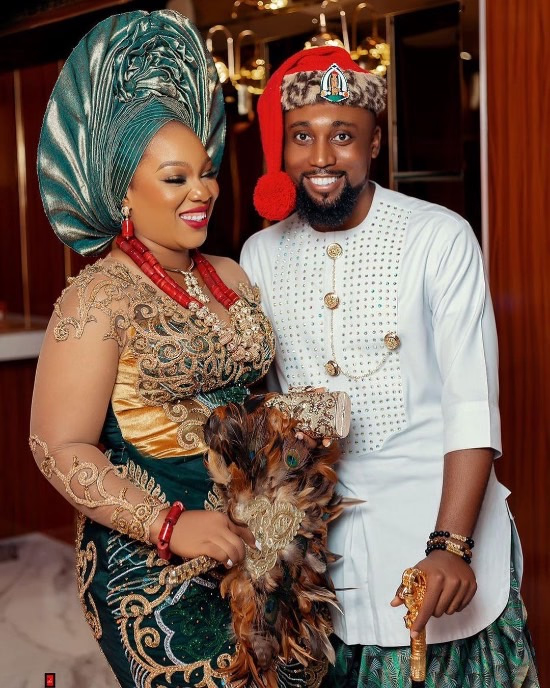 Photo: Instagram/ibomweddings
Photo: Instagram/ibomweddings The “Onyonyo” and “Nkwa Iso”
The Onyonyo dress worn by Efik brides represents queenly elegance and the transformation of the bride into a figure of regality. It reflects the bride’s readiness to embrace her new role as a wife and mother. The Ibibio Nkwa Iso, however, emphasizes tradition and simplicity, celebrating the bride’s beauty in a way that honors ancestral practices.
Headpieces and Headscarves
The Ekpa ku Kpa headpiece worn by Efik brides is a statement of opulence while the gele worn by Ibibio brides is more modest, reflecting community values. Both headpieces, however, signify the bride’s elevated status on her wedding day and the cultural pride of the people.
The Efik and Ibibio traditional wedding attires are rich reflections of two distinct yet intertwined cultures. The Efik’s penchant for luxury contrasts beautifully with the Ibibio’s emphasis on tradition and community values. Both styles, however, are celebrations of love, heritage, and the cultural pride of their people.
Photo: Instagram/Ajaypictures
You May Also Like:
How Much Time Do You Really Need to Plan a Wedding?
December 30, 2025The Ultimate Guide To Your Honeymoon Packing List
December 16, 20258 Nigerian Weddings that Lived Up to the Hype in 2025
December 8, 2025How Long Should You Date Before Getting Engaged?
October 21, 2025Inside Eve Esin's Glamorous Nigerian-Ghanaian Wedding
October 20, 2025The Nigerian Tribes with the Most Expensive Bride Price
October 18, 2025How Long is Too Long to Get Married After a Proposal?
October 10, 2025Civil or White Wedding: Which One is Right for You?
October 9, 2025Who Should Pay the Bills at a Nigerian Wedding?
October 3, 2025This Fashion Designer is Turning Wedding Bouquets into Cute Handbags
September 29, 2025Selena Gomez Wore a Romantic Ralph Lauren Wedding Gown to Marry Benny Blanco
September 28, 202511 Best Wedding Planners in Nigeria to Bookmark
September 21, 2025Esther Ejoh is a Fashion Editor at Fashion Police Nigeria, where she writes all things fashion, beauty, and celebrity style, with a sharp eye and an even sharper pen. She’s the girl who’ll break down a Met Gala look one minute, rave about a Nigerian beauty brand the next, and still find time to binge a movie or get lost in a novel. Style, storytelling, and self-care? That’s her holy trinity.

